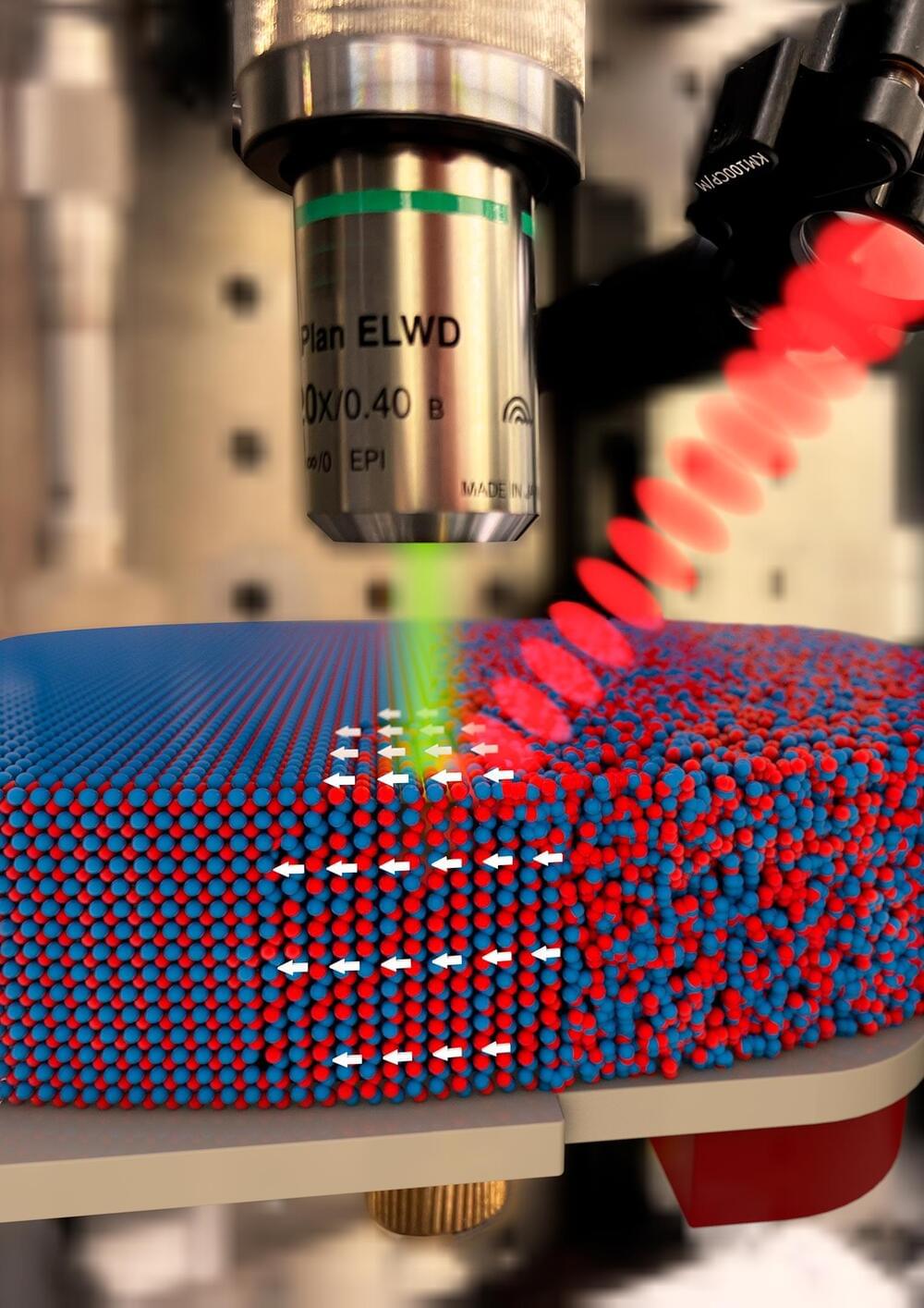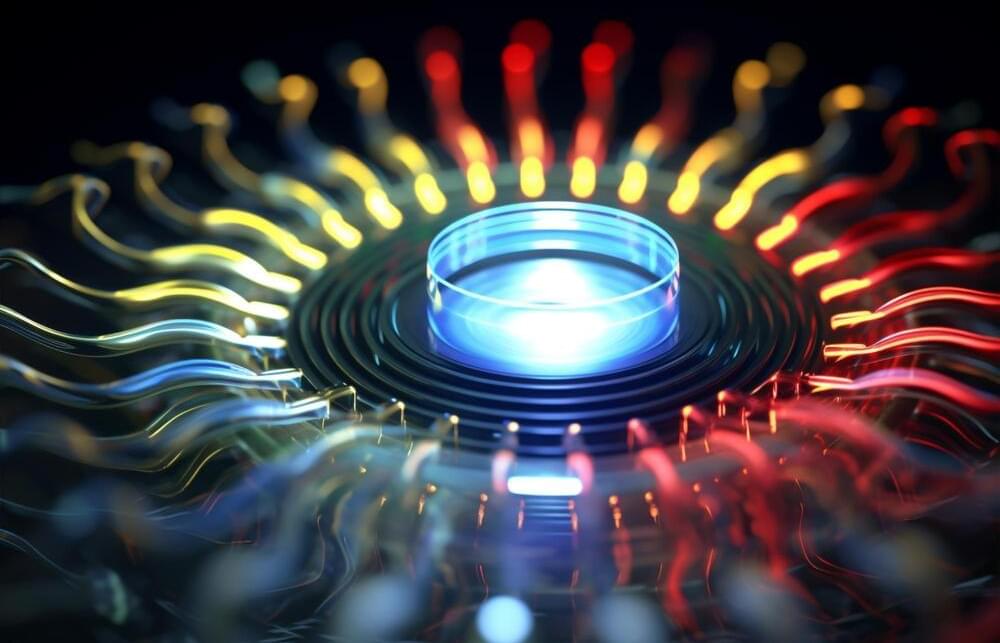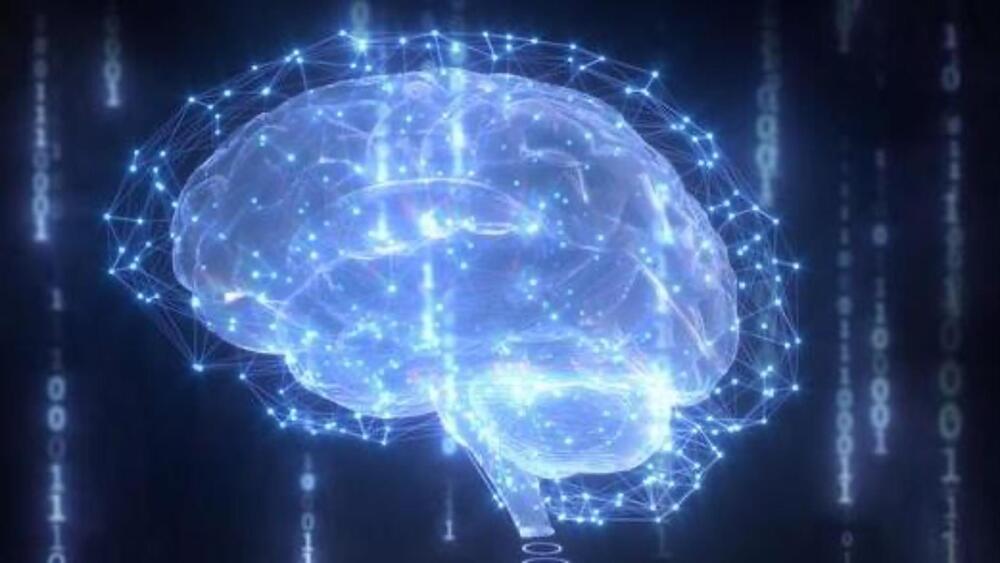Greener data processing requires systems that work smarter, faster, and are more energy efficient. Researchers from the Norwegian University of Science and Technology (NTNU) have developed a tiny piece of super-smart hardware that enables all of the above.
Anyone who knows anything about running computer programs knows that they take time, and everyone wants the program they are running to work as quickly as possible.
A new, tiny piece of hardware designed by computer scientists can be integrated into processors, which are the computer’s brains, making it easier for developers to write programs that run faster and more efficiently.









